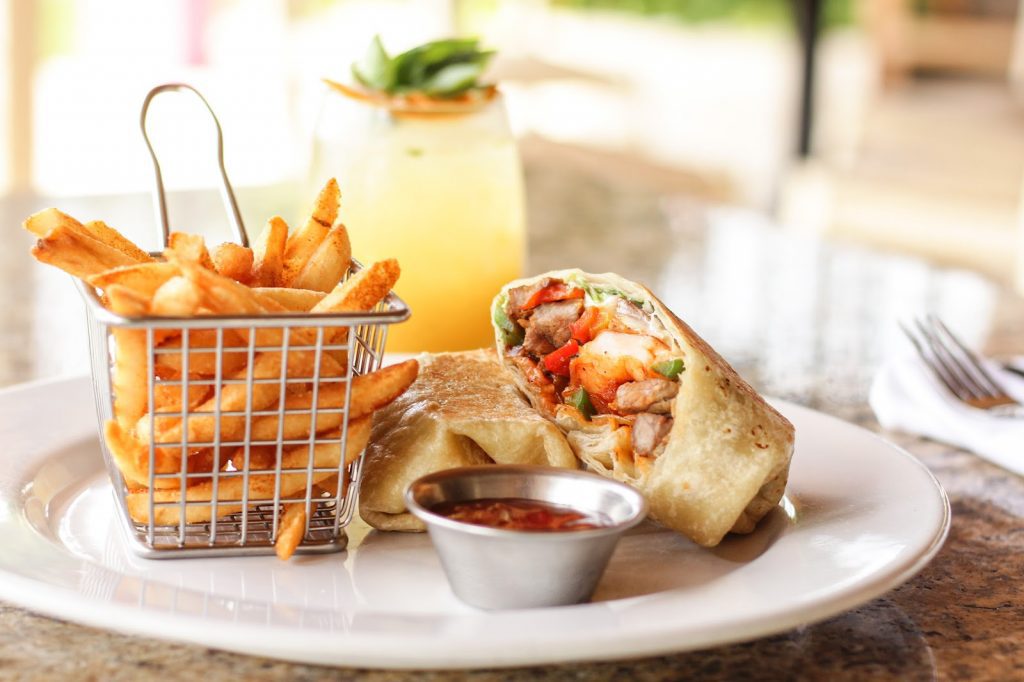The Rich History of Mexican Food Culture
Mexican food culture is a vibrant tapestry woven from centuries of history, rich traditions no.1 food, and diverse influences. From the ancient civilizations of the Aztecs and Maya to modern culinary innovations, Mexican cuisine has evolved into one of the most beloved and flavorful in the world. This guide delves into the fascinating history of Mexican food, exploring its origins, evolution, and the unique ingredients that define it.

Ancient Origins: The Foundations History of Mexican Food
Pre-Columbian Era
The roots of Mexican cuisine trace back thousands of years to the pre-Columbian era, where indigenous civilizations such as the Aztecs, Maya, and Olmecs laid the foundation. Corn (maize), beans, and squash were the “Three Sisters” of Mesoamerican agriculture, forming the core of their diet. These staple crops were supplemented with chiles, tomatoes, avocados, cacao, and various herbs, creating a rich and diverse culinary tradition.
The Aztecs and Maya
The Aztecs and Maya introduced sophisticated agricultural techniques and developed complex dishes that are still enjoyed today. The Aztecs, for example, made tamales, tortillas, and a variety of sauces, including early versions of mole. The Maya are credited with creating the first chocolate drinks, using ground cacao beans mixed with water and spices.
The Spanish Conquest: A Culinary Fusion
Introduction of New Ingredients
The arrival of Spanish conquistadors in the early 16th century marked a significant turning point in Mexican food culture. The Spanish brought with them a wealth of new ingredients, such as rice, wheat, beef, pork, chicken, dairy products, and various spices. This led to a culinary fusion that blended indigenous flavors with Spanish influences, creating new and exciting dishes.
Colonial Era Cuisine
During the colonial era, Mexican cuisine began to take on its modern form. Spanish settlers adapted native ingredients and cooking methods to European tastes, resulting in iconic dishes like chiles en nogada, pozole, and barbacoa. The convents played a crucial role in preserving and developing recipes, often combining indigenous and Spanish techniques.
Regional Diversity: A Culinary Mosaic
Northern Mexico
Northern Mexican cuisine is characterized by its emphasis on meat, particularly beef and goat, due to the region’s cattle-ranching heritage. Dishes such as carne asada, machaca, and cabrito (roast goat) are staples, often accompanied by flour tortillas.
Central Mexico
Central Mexico, including Mexico City, is a melting pot of culinary traditions. Street food, or “antojitos,” is particularly popular, with tacos, quesadillas, and tamales being everyday favorites. This region is also known for its complex sauces, such as mole poblano.
Southern Mexico
Southern Mexico, including Oaxaca and Yucatán, is famous for its rich and diverse cuisine. Oaxaca is known as the “Land of the Seven Moles,” each with its unique flavor profile. The Yucatán Peninsula offers dishes influenced by Mayan culture, such as cochinita pibil and panuchos.
Modern Mexican Cuisine: Global Influence and Innovation
Global Popularity
In the 20th and 21st centuries, Mexican cuisine gained global recognition, celebrated for its vibrant flavors and traditional techniques. Mexican food has influenced and been influenced by culinary trends worldwide, leading to the creation of Tex-Mex and other fusion cuisines.
People Favorite Mexican Dishes
Mexican cuisine offers a diversity that many people may not fully appreciate. While beloved classics like tacos and guacamole have become staples in the United States, there is a vast array of other dishes, desserts, and drinks to explore. To celebrate the rich and sophisticated flavors that emerged from the fusion of indigenous ingredients such as corn, chiles, and chocolate with Spanish culinary traditions, we’ve curated a collection of our favorite recipes. Although we can’t cover every regional dish, these selections provide a great introduction, including a standout recipe for savory puntas de res. This dish features beef coated in a dry spice rub for maximum flavor, then stewed with tomatoes and fresh chiles gueros. The chiles add a mild kick, resulting in a luxurious sauce that perfectly complements the beef. This classic recipe is sure to have you reaching for more tortillas.
Culinary Innovation
Today, Mexican chefs are pushing the boundaries of traditional cuisine, blending ancient techniques with modern culinary innovations. Restaurants around the world are embracing the complexity and depth of Mexican food, showcasing its versatility and appeal.

